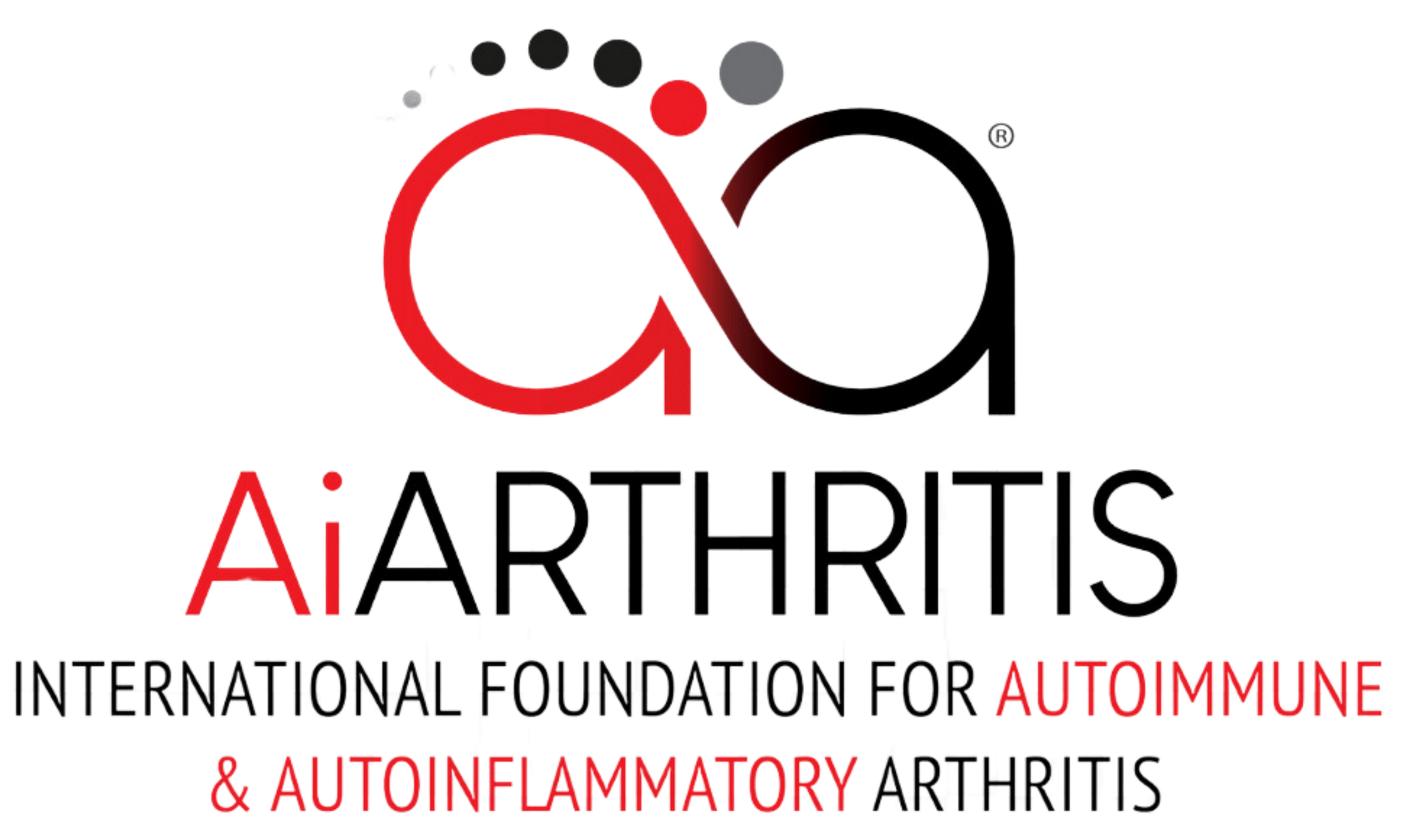Managing autoimmune and autoinflammatory arthritis can be daunting, especially with numerous treatment options available. A method gaining attention recently is known as “Treat to Target” (T2T). But what does this entail, and how can it benefit those with these conditions? Let's explore.

What is Treat to Target?
“Treat to Target” (T2T) is a treatment strategy where the doctor prescribing treatment works with the patient to set and monitor clear and specific goals to manage the disease. The primary objective is to achieve remission (where symptoms are minimal or absent) or at least maintain low disease activity. This approach involves periodic check ins to assess how well the treatment is working and then make adjustments as necessary.
The types of treatments used in the T2T approach are classified as disease-modifying agents (pharmaceutical drug options). While these types of treatments are recommended for those with moderate to severe disease, research is showing treating milder, undifferentiated diagnosis, and early "pre-clinical" disease with these treatments can improve rates of remission and improved long-term outcomes. Treatment decisions should be made between you and your doctor. This article is not intended to recommend treatment or therapy approaches.
Why is Treat to Target Important?
As AiArthritis patient leaders have learned through our "Go With Us!" to Conferences program, research has repeatedly shown that the earlier that treatment the better the outcomes. By targeting specific goals, such as reducing inflammation or eliminating certain symptoms, T2T ensures that the treatment is proactive rather than reactive. Here’s how it helps:
- Better Control Over the Disease: Regular check-ups and treatment adjustments help keep the disease in check, reducing the likelihood of flare-ups and permanent damage.
- Improved Quality of Life: Achieving remission or maintaining low disease activity can simplify daily life, alleviate pain, and enhance overall well-being.
- Personalized Care: T2T tailors treatment to your individual condition, symptoms, and lifestyle, ensuring it works optimally for you.
How Does Treat to Target Work?
The T2T approach involves several key steps:
- Setting Clear Goals: The initial step is to establish specific treatment goals, such as reducing the number of painful joints or lowering certain blood test markers.
- Regular Monitoring: Once goals are set, it’s crucial to regularly monitor treatment effectiveness. This may involve more frequent doctor visits, blood tests, or surveys about your well-being.
- Adjusting Treatment: If goals aren’t being met, your doctor may need to modify your treatment plan, which could include changing medications, increasing doses, or trying new therapies. The aim is to move closer to remission or low disease activity.
- Working Together: A significant aspect of T2T is the partnership between you and your doctor. You’re encouraged to take an active role in deciding the best treatment approach, ensuring it aligns with your goals and preferences.
T2T is the recommended approach in rheumatology and is incorporated into most recommended treatment protocols. Your doctor may never use this term, but if this approach sounds familiar to you, that's good!
Challenges to Consider
While T2T offers numerous benefits, it’s not without challenges:
- Patient - doctor communication. A T2T approach requires open and honest communication between you and your doctor. Some people get really nervous during office visits and others simply are not sure what to say or what questions to ask. It's ok, just let the doctor lead the conversation, but you can also prepare your own list of questions and updates ahead of time, too. Just remember the goal of T2T is to be honest how the therapy is working, or not working, then talk to your doctor about any adjustments that may be needed to stay on target.
- Knowing when it's time to switch it up. Given most treatments take weeks, even months, to be as effective as possible, changing treatments entirely is not an easy decision - either for you or for your doctor. Adjustments in the dosage could also trigger flare-ups or worsen the disease, so listen to your body and make sure to tell your doctor what seems to be working and what isn't. Then, together, determine next steps. The solution may be to add another treatment (which is not uncommon), to get your disease controlled and to achieve the best quality of life or even remission.
- Access to treatment barriers. Since T2T requires regular doctor visits and close monitoring, time, travel, and associated costs may be a problem. If travel is the issue, ask if virtual visits are an option. If cost is an issue, as if conversations could be completed using a patient portal, email, or over a phone call. Also, depending on your health plan, you may have to try a different treatment first than the one your doctor prescribed. If you have access issues because of your health plan, ask your doctor and contact the health plan to ask about your options.
Final Thoughts
T2T is becoming a very common approach to treating those living with AiArthritis diseases, in part, because research has shown the approach is most effective for helping patients achieve remission. However, keep in mind that most patients also choose to incorporate a holistic, well-rounded therapy plan that includes various types of therapies. Learn more about treatments for AiArthritis diseases.






